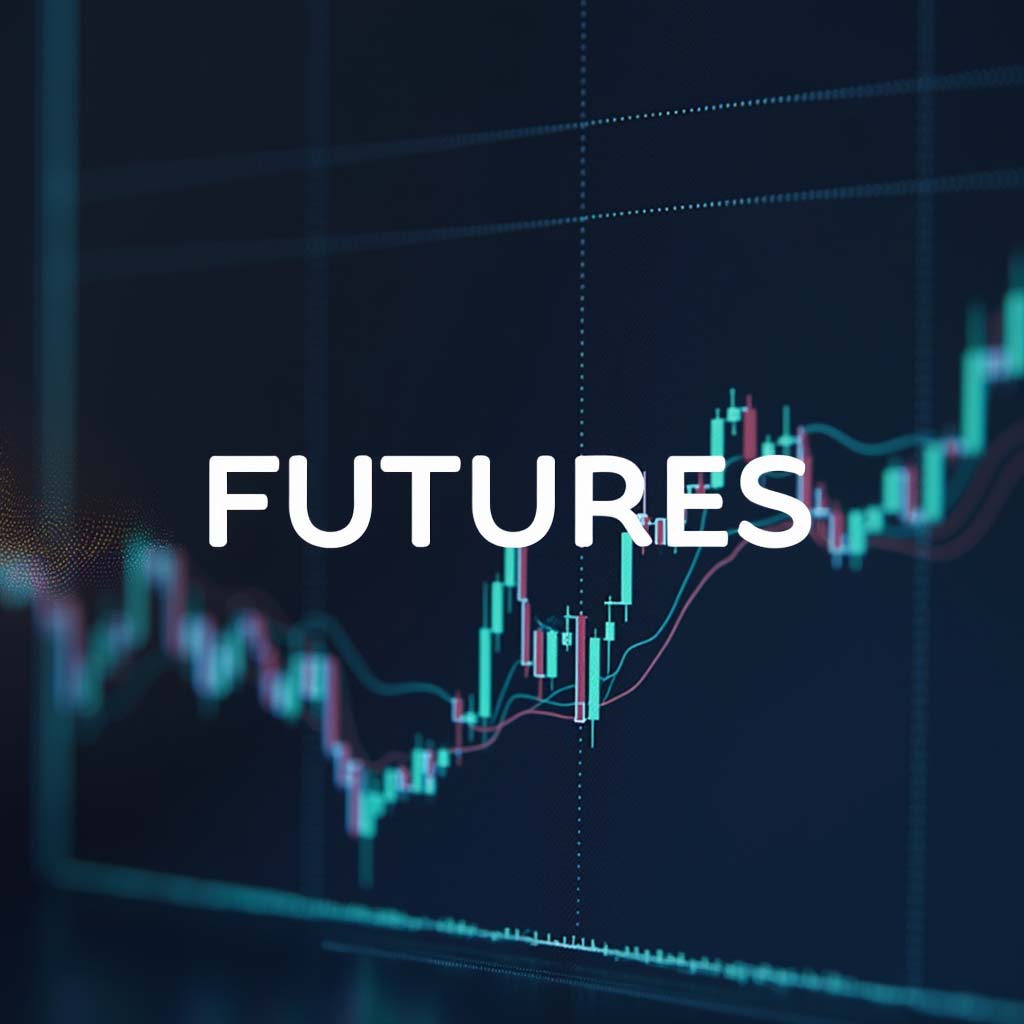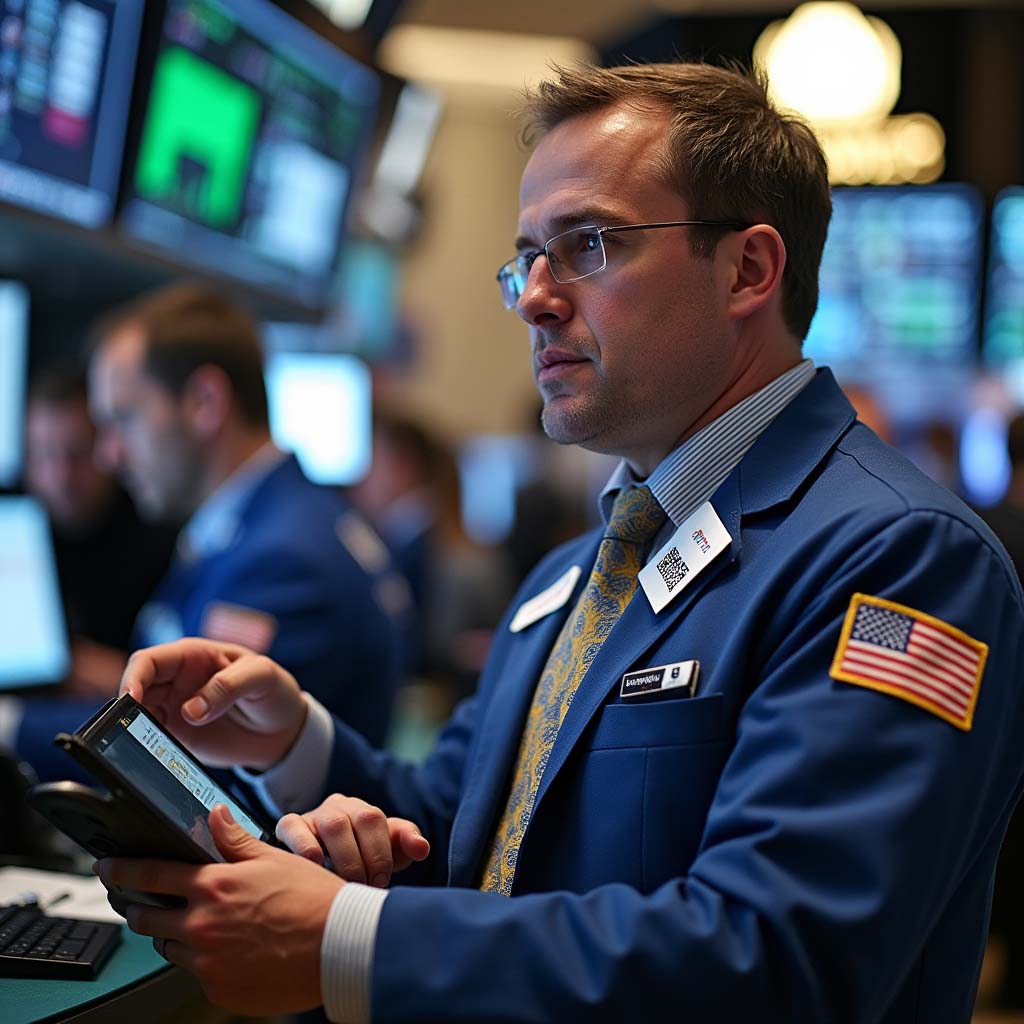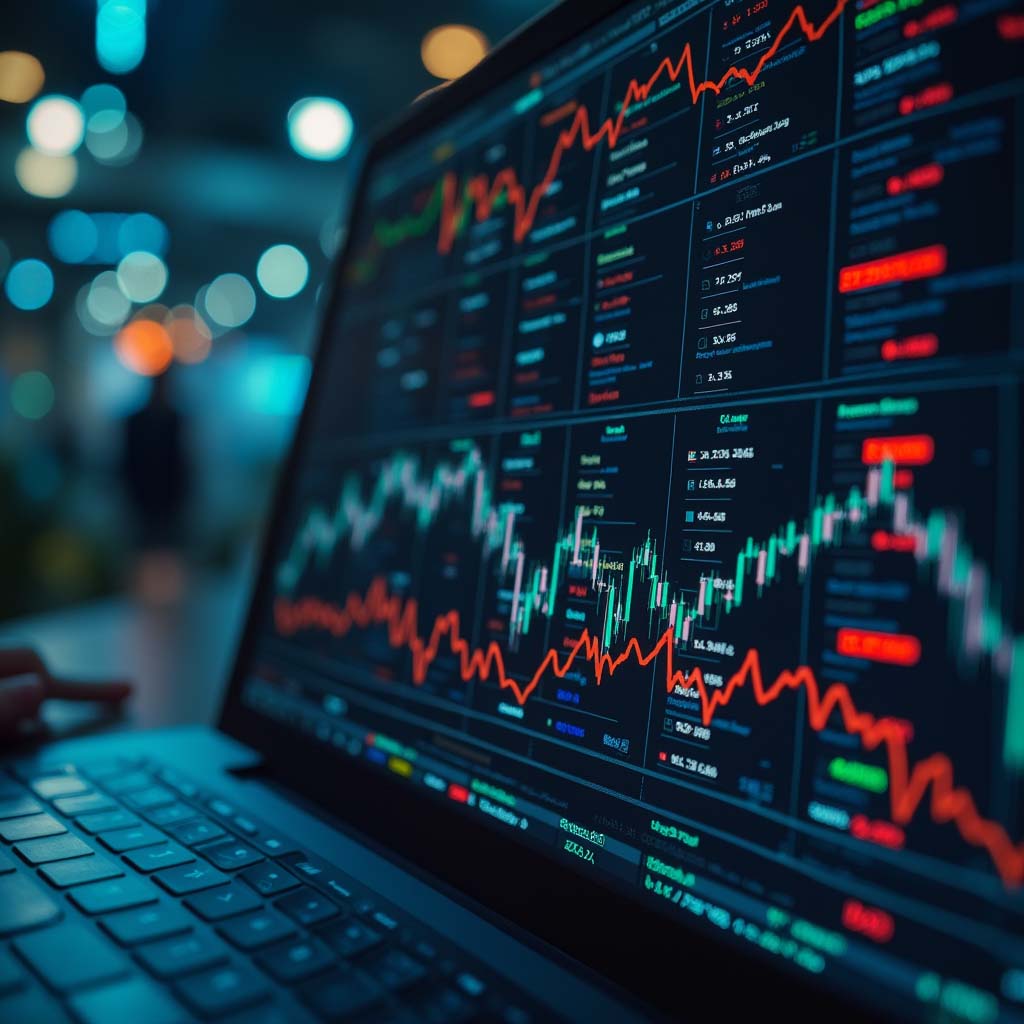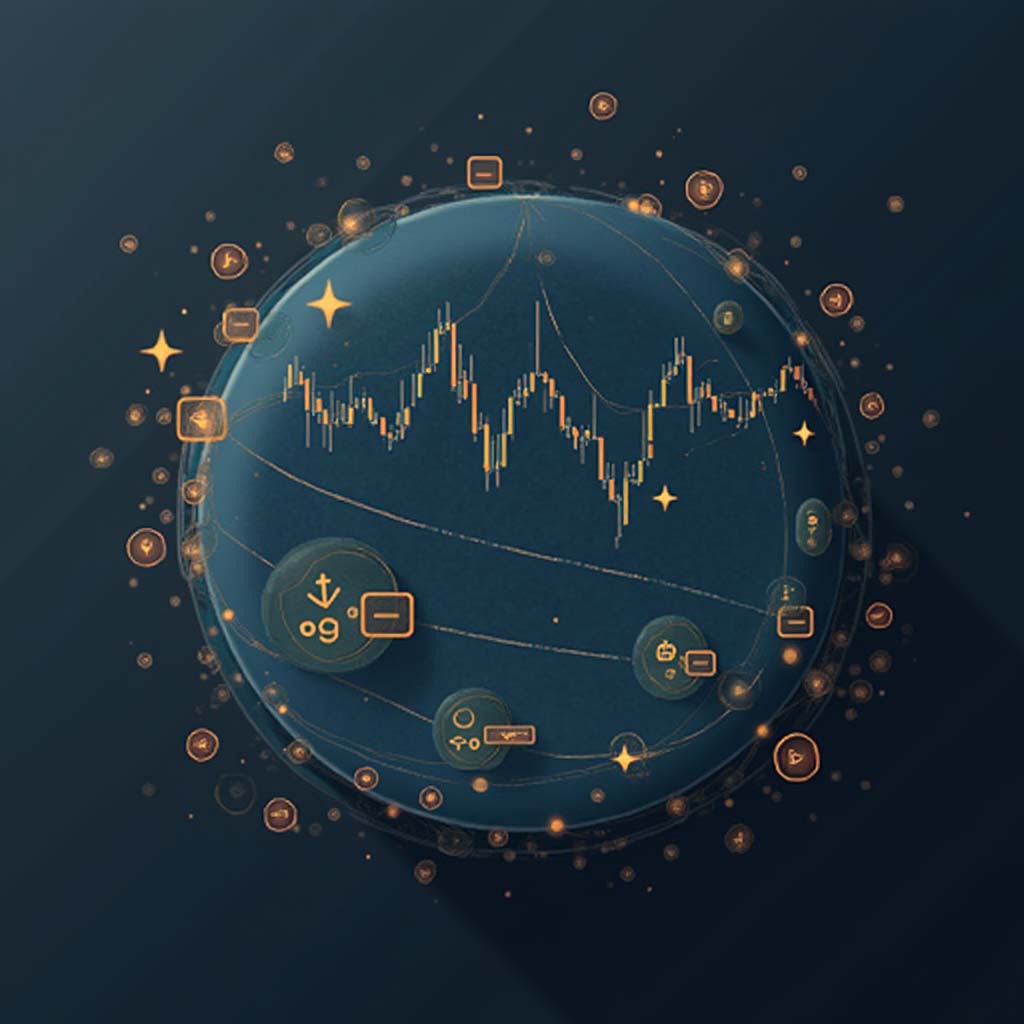
Algorithms have fundamentally changed the landscape of futures trading, offering traders enhanced speed, efficiency, and precision. These automated systems execute trades based on predefined conditions, eliminating human biases and optimizing market opportunities. Their impact extends across various trading strategies, from trend-following to arbitrage, making them indispensable tools in modern financial markets.
Understanding Algorithms in Futures Trading
Algorithmic trading MT4 and MT5, also known as algo trading, refers to the use of programmed instructions to execute trades at high speed. In futures markets, algorithms analyze vast datasets, identify trading signals, and execute orders with minimal latency.
How Algorithmic Trading Transforms Futures Markets
The integration of algorithms into futures trading has led to several key transformations:
- Enhanced liquidity: Automated trading contributes to increased order flow, reducing bid-ask spreads.
- Higher trading volumes: Algorithms execute trades at a pace unattainable by manual traders, boosting market activity.
- More efficient price discovery: By reacting instantly to market changes, algorithms help establish fair pricing.
- Reduced market impact: Algorithms break large orders into smaller ones, preventing excessive price fluctuations.
With these advantages, algorithmic trading has become a dominant force in futures markets, shaping how institutional and retail traders interact with derivatives.
Types of Algorithms Used in Futures Trading
Various algorithmic models cater to different trading styles and objectives:
| Algorithm Type | Primary Function | Common Use Case |
| Trend-Following | Identifies and follows market trends | Moving averages, breakout strategies |
| Arbitrage | Exploits price differences across markets | Cross-exchange arbitrage |
| Market Making | Provides liquidity by placing buy/sell orders | High-frequency trading (HFT) |
| Statistical Arbitrage | Uses quantitative models to detect mispricings | Mean reversion strategies |
| Execution Algorithms | Minimizes market impact while executing large orders | VWAP, TWAP strategies |
These algorithms operate independently or in combination to optimize trading performance in futures markets.

Automated Execution in Futures Trading Algorithms
Automation is a defining feature of algorithmic futures trading. By removing manual intervention, execution algorithms ensure fast and precise order placement.
Speed and Efficiency in Trade Execution
Futures markets are highly volatile, requiring rapid response times to capitalize on short-term price movements. Algorithmic execution offers:
- Real-time data processing for instant decision-making.
- Millisecond-level trade execution to capitalize on market fluctuations.
- Reduced slippage by ensuring orders are executed at optimal prices.
For institutional traders and hedge funds, speed can be the difference between profit and loss, making high-frequency trading (HFT) strategies highly competitive.
Eliminating Human Error in Market Operations
Human traders are susceptible to emotional decision-making, leading to inconsistent performance. Automated algorithms mitigate these risks by:
- Following pre-programmed logic without emotional interference.
- Preventing impulse-driven trades based on fear or greed.
- Maintaining disciplined execution across all market conditions.
By enforcing systematic trading rules, algorithms enhance overall market stability and reliability.
Key Futures Trading Strategies Powered by Algorithms
Algorithmic trading is widely used in futures markets to implement sophisticated strategies that maximize returns while managing risks.
Trend-Following and Momentum-Based Trading
Trend-following algorithms capitalize on established price movements, using indicators such as:
- Moving Averages: Identify bullish or bearish trends.
- Relative Strength Index (RSI): Measures momentum and potential reversals.
- Breakout Strategies: Detect price levels where momentum is likely to accelerate.
These algorithms automatically enter and exit positions based on market trends, reducing reliance on manual forecasting.
Arbitrage and Market Making Strategies
Arbitrage algorithms exploit pricing inefficiencies across markets, executing trades to profit from temporary discrepancies. Key arbitrage strategies include:
- Inter-exchange Arbitrage: Identifies price gaps between different trading platforms.
- Statistical Arbitrage: Uses quantitative models to spot price deviations.
Market-making algorithms, on the other hand, provide liquidity by placing simultaneous buy and sell orders at different price levels. These algorithms profit from bid-ask spreads while ensuring smooth market operations.

Risk Management in Algorithmic Futures Trading
Risk management is a crucial component of algorithmic futures trading. Given the market’s volatility, trading algorithms must incorporate strategies to control exposure, minimize losses, and adapt to changing conditions. Proper risk management ensures the longevity and sustainability of automated trading systems.
Dynamic Position Sizing for Volatile Markets
Position sizing plays a fundamental role in managing risk. Algorithms use various techniques to adjust trade sizes based on market conditions and account balance.
Key methods include:
- Volatility-Based Sizing: Adjusting position sizes based on the asset’s historical or implied volatility. A higher volatility period may trigger smaller positions to reduce risk.
- Risk-Percentage Allocation: Setting trade sizes as a fixed percentage of total capital. For example, limiting exposure to 1-2% of the portfolio per trade.
- Leverage Adjustments: Using adaptive leverage based on market fluctuations to prevent excessive risk-taking.
Dynamic position sizing helps prevent catastrophic losses by ensuring that no single trade disproportionately impacts overall performance.
Stop-Loss, Hedging, and Circuit Breakers in Algorithms
To mitigate downside risk, algorithmic strategies implement various protective mechanisms:
- Stop-Loss Orders: Predefined exit points that automatically close a position when losses reach a specified threshold. Stop-loss placement is often based on technical indicators like ATR (Average True Range) or support levels.
- Hedging Strategies: Algorithms can offset risk by simultaneously taking opposite positions in correlated assets. Common hedging techniques include:
- Pairs trading: Long one asset while shorting another with a strong correlation.
- Options hedging: Using options to limit downside exposure.
- Circuit Breakers: Risk control mechanisms that pause trading when market conditions become extreme. Some algorithms implement internal circuit breakers to halt trading if losses exceed predefined limits.
By combining these safeguards, algorithmic traders can maintain stability even in highly volatile futures markets.
High-Frequency Trading (HFT) in Futures Markets
High-frequency trading (HFT) relies on sophisticated algorithms to execute a high volume of trades at rapid speeds. While HFT can provide market liquidity and tighter spreads, it also raises concerns about market fairness and volatility.
Impact of HFT on Liquidity and Price Discovery
HFT has significantly altered futures markets by improving order execution efficiency. Some key effects include:
- Increased Liquidity: HFT market makers provide continuous bid and ask prices, reducing spreads and improving trade execution.
- Faster Price Discovery: Algorithms react instantly to market information, helping futures contracts reflect real-time supply and demand.
- Reduced Market Impact for Large Orders: Institutional traders use HFT strategies like VWAP (Volume Weighted Average Price) to execute large positions without disrupting prices.
While HFT enhances market efficiency, it also raises concerns about volatility spikes and short-term price distortions.
Risks and Ethical Concerns in High-Frequency Strategies
Despite its benefits, HFT carries risks that traders and regulators continue to monitor:
- Flash Crashes: High-speed algorithms can amplify price movements, leading to sudden market collapses. The 2010 Flash Crash saw the Dow Jones drop nearly 1,000 points in minutes due to algorithmic order flow.
- Market Manipulation Risks: Some HFT strategies, such as quote stuffing (rapidly placing and canceling orders to mislead other traders), raise ethical concerns.
- Technology and Infrastructure Costs: HFT requires advanced computing power and direct market access, making it inaccessible to most retail traders.
Regulatory bodies worldwide have introduced measures to address these risks, including speed limits, order-to-trade ratios, and stricter oversight of algorithmic trading practices.

Customizing and Optimizing Futures Trading Algorithms
Algorithmic trading in futures markets is not a one-size-fits-all approach. Successful traders and firms constantly refine and optimize their algorithms to align with market conditions, risk tolerance, and execution efficiency. Customization allows traders to develop strategies that fit their specific trading objectives, while optimization ensures continuous improvement through testing and adaptation.
Backtesting Strategies with Historical Data
Backtesting is a crucial step in algorithm development, allowing traders to evaluate a strategy’s performance using historical market data. This process helps identify potential profitability, risk exposure, and weaknesses before deploying the algorithm in live markets.
Key benefits of backtesting include:
- Performance evaluation: Traders can measure how a strategy would have performed in past market conditions.
- Risk assessment: Helps identify drawdowns, volatility, and worst-case scenarios.
- Optimization opportunities: Backtesting reveals areas where algorithms can be fine-tuned for better efficiency.
A robust backtesting framework typically includes:
| Component | Purpose |
| Historical Market Data | Provides realistic conditions for testing strategies. |
| Slippage and Transaction Costs | Ensures results reflect actual trading conditions. |
| Statistical Metrics (Sharpe Ratio, Win Rate) | Measures risk-adjusted returns and strategy consistency. |
| Monte Carlo Simulations | Tests strategies under various market scenarios. |
While backtesting is invaluable, it is essential to avoid overfitting, where a strategy is overly optimized for past data but fails in real-time trading.
Adaptive Algorithms for Changing Market Conditions
Markets are dynamic, and static algorithms may become ineffective over time. Adaptive algorithms adjust parameters in real-time based on evolving market conditions, improving their longevity and effectiveness.
Common adaptation techniques include:
- Machine Learning Models: Algorithms that learn from historical patterns and adjust strategies accordingly.
- Volatility-Based Adjustments: Position sizes and risk parameters shift in response to market fluctuations.
- Time-of-Day Execution Tweaks: Adjusting strategies based on market liquidity during different sessions.
For example, an adaptive algorithm may recognize an increase in market volatility and automatically reduce trade sizes to manage risk. These refinements help algorithms remain competitive and resilient in unpredictable futures markets.

Market Impact of Algorithmic Trading in Futures
Algorithmic trading has transformed futures markets, affecting liquidity, price discovery, and overall market efficiency. While it brings significant benefits, it also introduces new risks that traders and regulators must monitor.
Increased Liquidity and Narrower Bid-Ask Spreads
One of the most notable advantages of algorithmic trading is its contribution to market liquidity. Automated market makers and high-frequency traders (HFTs) continuously place buy and sell orders, ensuring that traders can execute positions with minimal delay.
Benefits of increased liquidity:
- Tighter bid-ask spreads: Reduces transaction costs for traders.
- Higher market efficiency: Ensures prices reflect supply and demand more accurately.
- Better execution quality: Orders fill faster and at more favorable prices.
For example, studies suggest that algorithmic trading accounts for more than 70% of futures market volume, significantly improving order flow and reducing price volatility under normal conditions.
Potential Market Instability from Algorithmic Failures
Despite its advantages, algorithmic trading also introduces risks that can lead to market disruptions. Flash crashes, unintended price swings, and self-reinforcing loops have raised concerns about the stability of automated markets.
Key risks include:
- Flash Crashes: Large sell orders triggered by algorithms can cause sharp price drops within seconds.
- Algorithmic Feedback Loops: Multiple algorithms reacting to the same signals can amplify volatility.
- Over-Reliance on Automation: Lack of human intervention can lead to unexpected failures in crisis scenarios.
A well-known example is the 2010 Flash Crash, where the Dow Jones Industrial Average dropped nearly 1,000 points in minutes due to algorithmic trading errors. While regulatory measures such as circuit breakers have been introduced to prevent similar events, the potential for instability remains a concern.
Future of Algorithms in Futures Trading Strategies
As technology continues to evolve, the role of algorithms in futures trading is becoming more sophisticated. Advances in artificial intelligence (AI), machine learning, and regulatory oversight are shaping the future of automated trading, influencing both institutional and retail traders.
AI and Machine Learning Enhancements in Algo Trading
Artificial intelligence and machine learning are revolutionizing algorithmic futures trading by enabling more adaptive and predictive strategies. Unlike traditional rule-based algorithms, AI-driven models can analyze vast datasets, identify hidden patterns, and refine trading decisions in real-time.
Key advancements include:
- Predictive analytics: AI models process historical and real-time market data to forecast price movements with improved accuracy.
- Reinforcement learning: Algorithms continuously refine their strategies based on past performance, adapting to evolving market conditions.
- Sentiment analysis: AI-driven algorithms can analyze news, social media, and economic reports to gauge market sentiment and adjust trading strategies accordingly.
With these capabilities, AI-driven trading systems enhance decision-making speed and precision, offering a competitive edge in fast-moving futures markets.
Evolving Regulatory Landscape for Automated Trading
As algorithmic trading becomes more widespread, regulators are implementing measures to ensure market stability and prevent potential risks such as market manipulation and flash crashes. Key regulatory trends include:
- Algorithmic trader registration: Some jurisdictions require firms using high-frequency trading (HFT) to register and comply with oversight frameworks.
- Pre-trade risk controls: Regulators mandate safeguards such as circuit breakers and kill switches to prevent runaway algorithms from causing market disruptions.
- Increased transparency: Authorities are pushing for greater disclosure of algorithmic trading strategies to ensure fair market practices.
As regulatory frameworks evolve, traders using automated strategies must stay informed about compliance requirements to operate effectively within the legal landscape.
Frequently Asked Questions
Are Futures Trading Algorithms Profitable?
Algorithmic futures trading can be highly profitable when implemented correctly. Success depends on factors such as strategy robustness, market conditions, and execution speed. While institutional traders benefit from advanced infrastructure and data access, retail traders can also achieve profitability with well-tested and optimized algorithms.
What Are the Risks of Algorithmic Trading in Futures?
Algorithmic trading introduces risks, including:
- Flash crashes: Sudden price drops triggered by aggressive algorithmic selling.
- Overfitting: Algorithms optimized for past data may fail in live markets.
- Execution risks: Latency issues can lead to slippage and missed trade opportunities.
Risk management strategies, such as dynamic stop-loss mechanisms and robust backtesting, help mitigate these challenges.
Can Retail Traders Use Algorithmic Futures Trading?
Yes, retail traders have increasing access to algorithmic trading through platforms offering algorithm development, backtesting, and automated execution tools. However, retail traders should:
- Use regulated brokers to ensure fair trading conditions.
- Test algorithms extensively before deploying them in live markets.
- Monitor performance regularly to adapt to market changes.